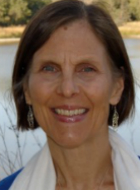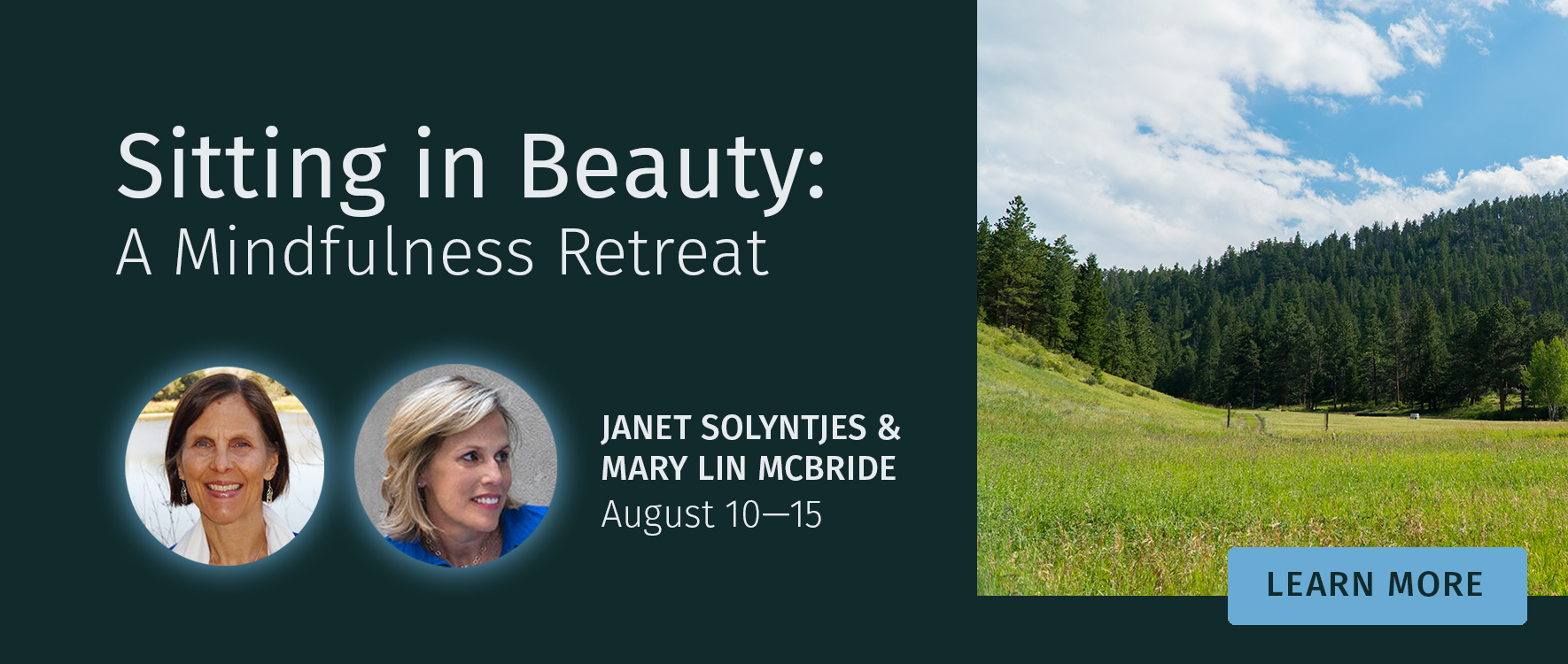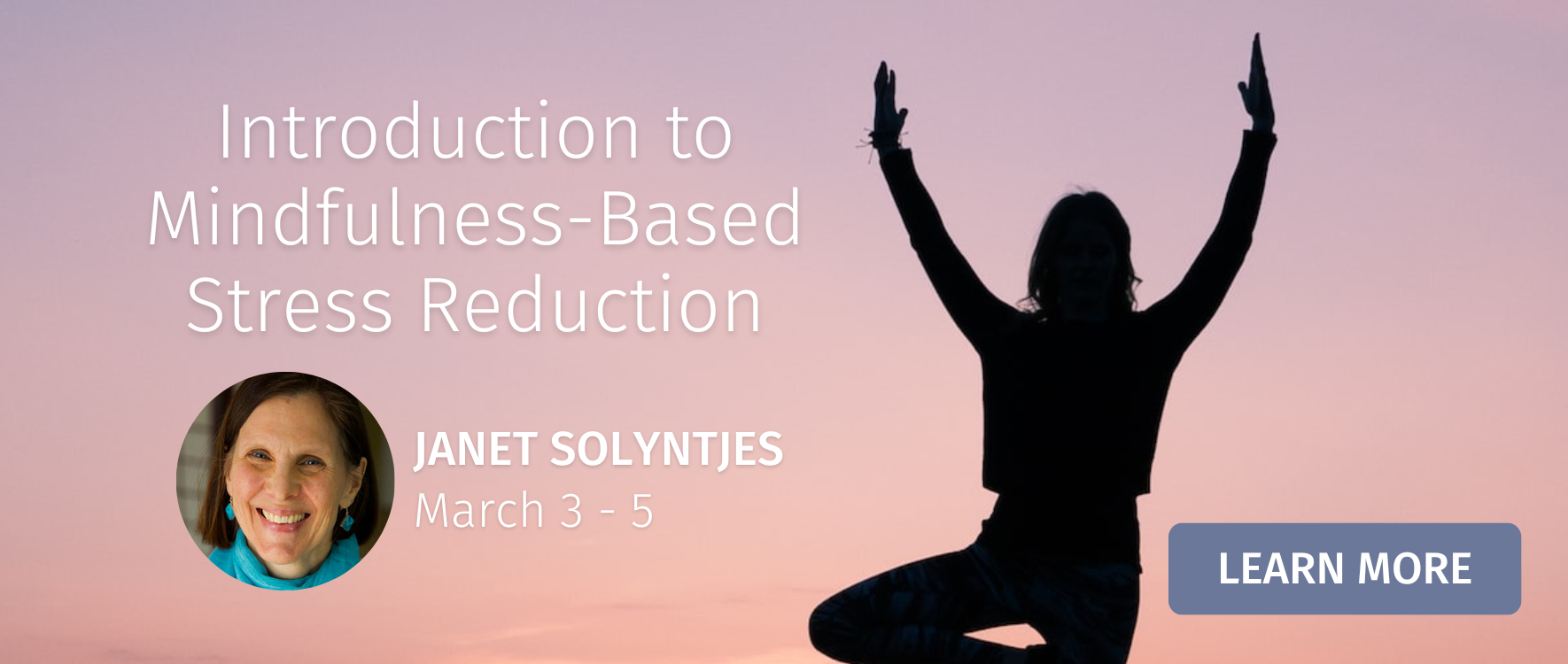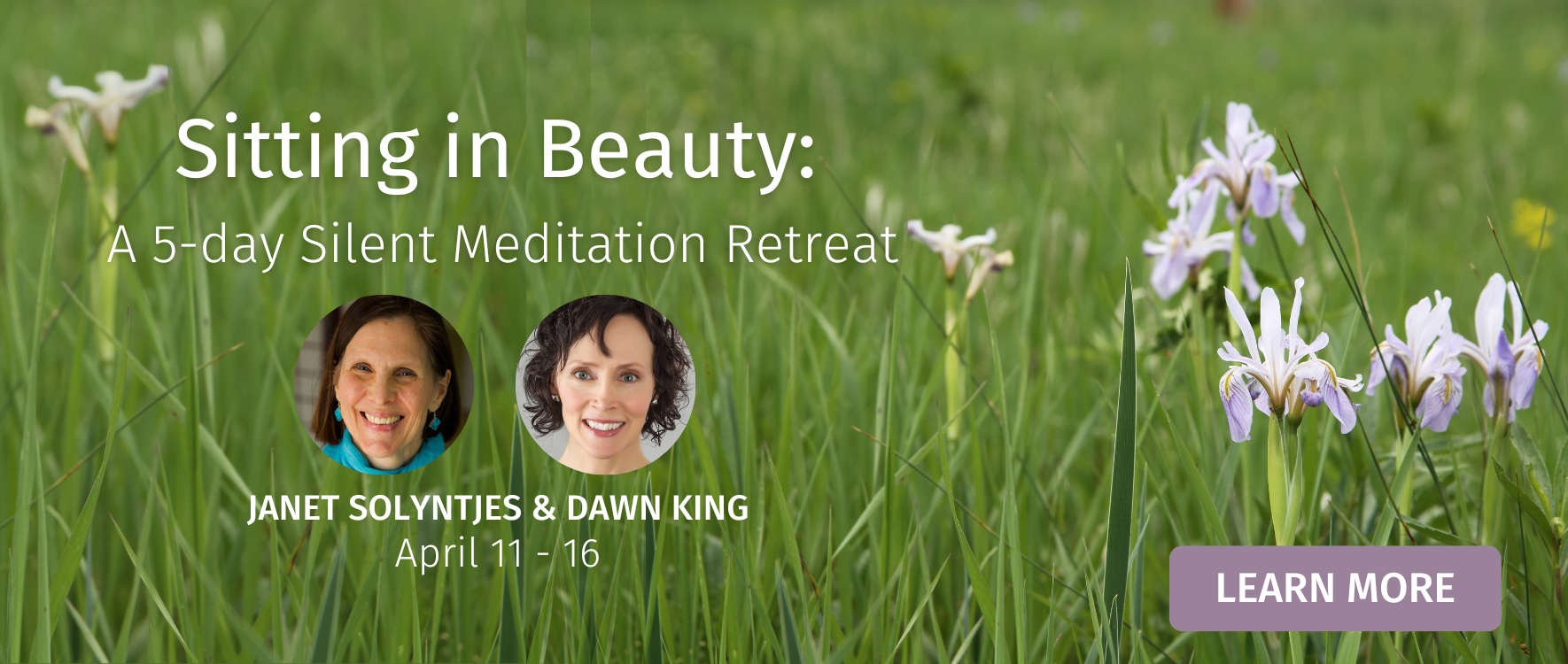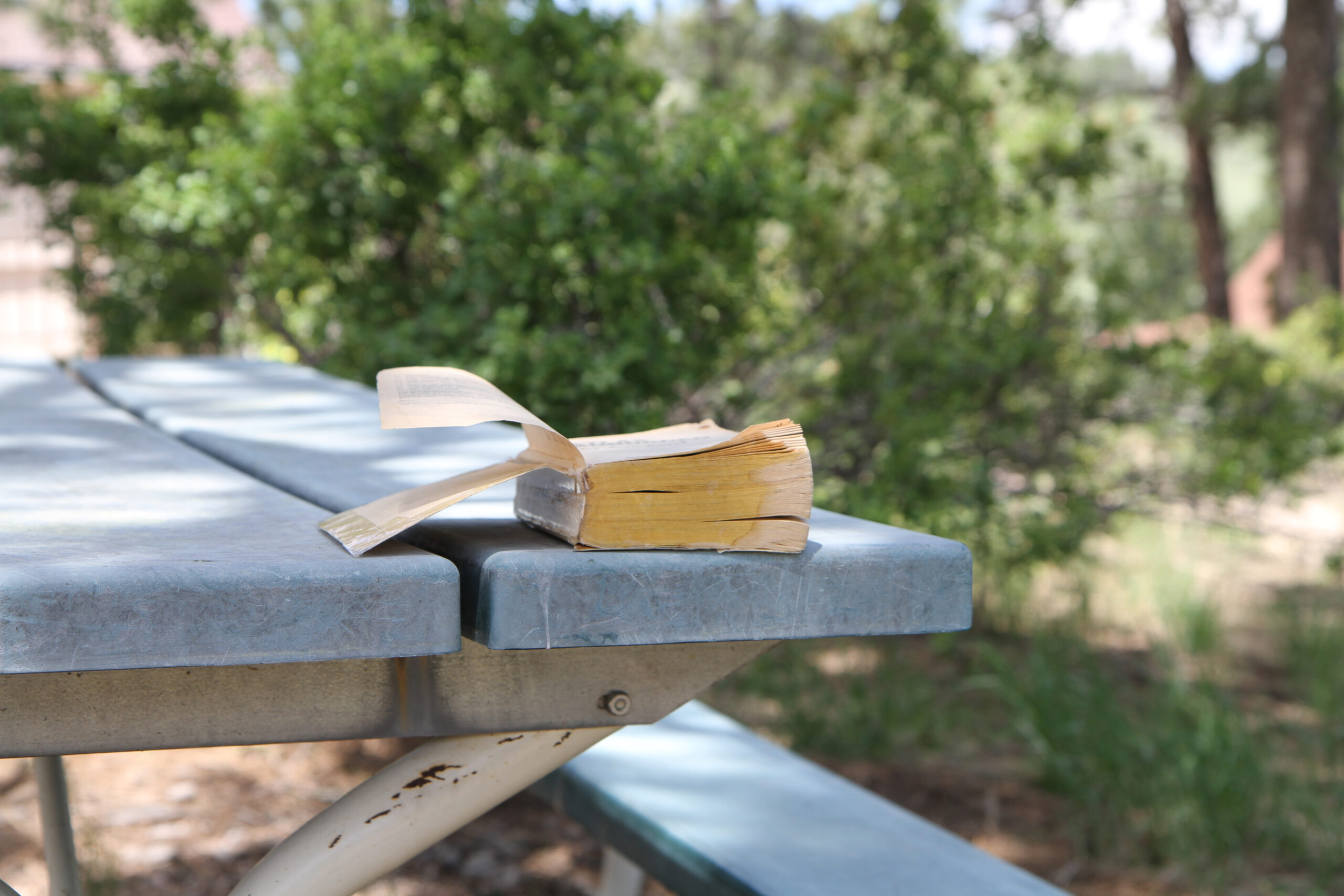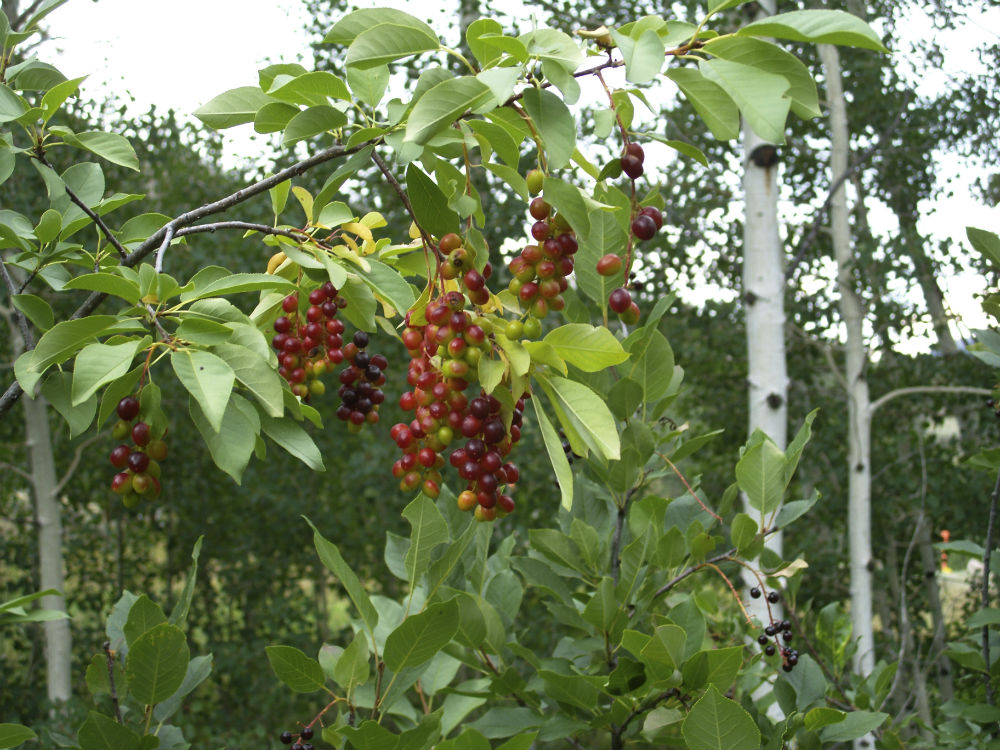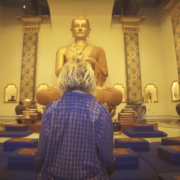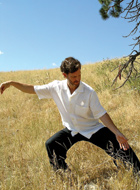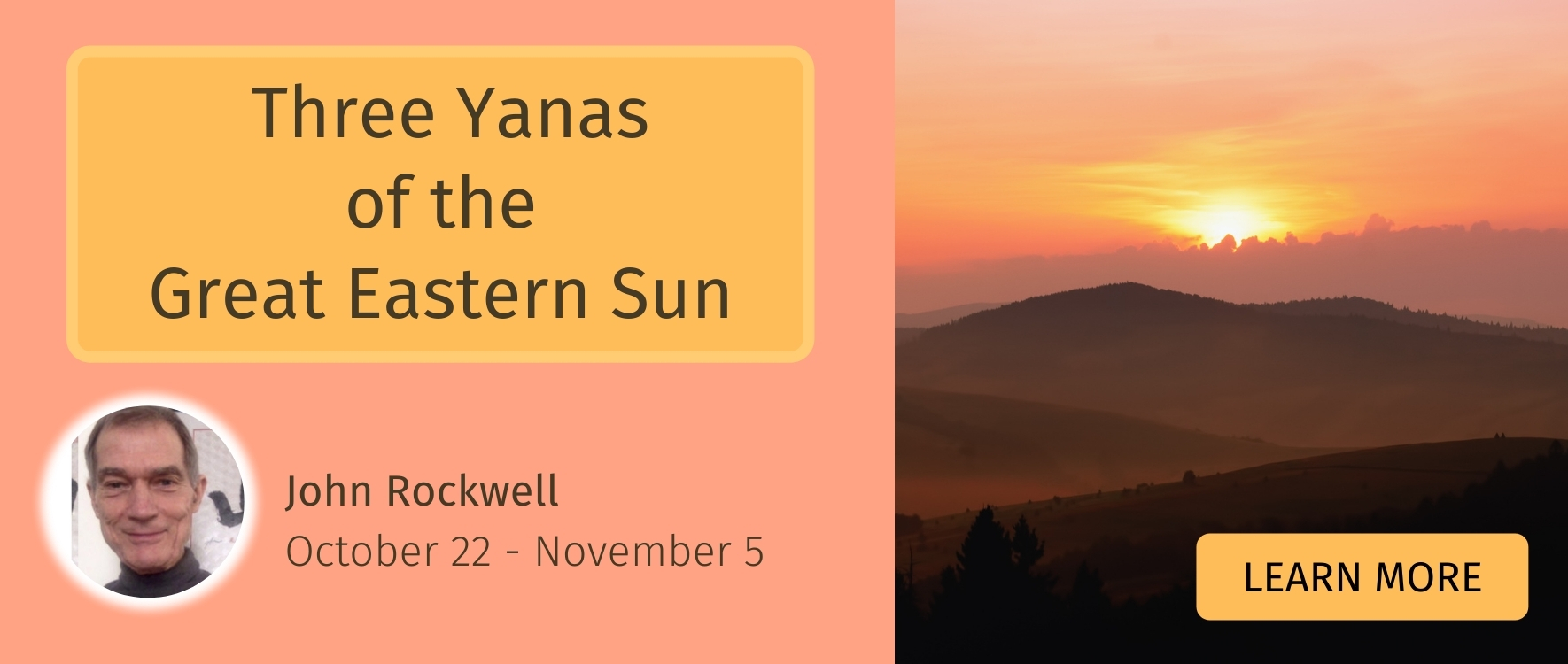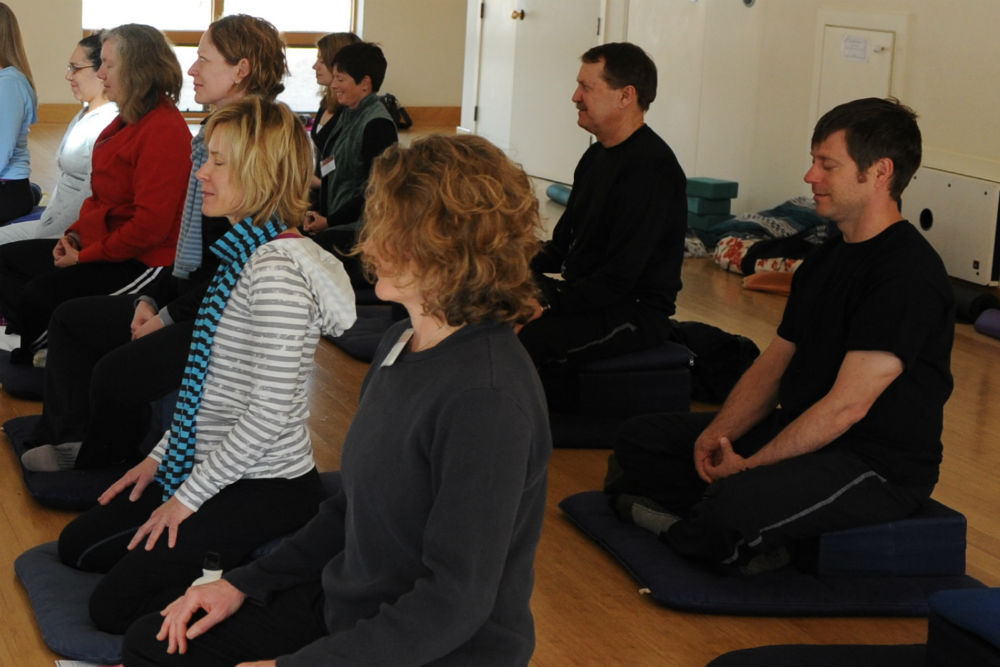Innate Beauty
by Janet Solyntjes //
Have you noticed how human beings can express themselves in such a variety of ways? We can be fantastic, imaginative, inexplicably wise, and quirky. We can be kind, generous, patient and courageous in the face of challenges. We can also be stingy, grumpy, angry and confused. When we make the choice to inhabit our being––fully present and aware––we can then learn to embrace all parts of our experience, uncovering the wholeness and goodness that is the basis of all life.
I love the following poem by poet Mary Oliver for its ability to communicate the rich complexity of our human experience and of our relationship to nature:
The sea can do craziness, it can do smooth,
it can lie down like silk breathing
or toss havoc shoreward; it can give
gifts or withhold all; it can rise, ebb, froth
like an incoming frenzy of fountains, or it can
sweet-talk entirely. As I can too,
and so, no doubt, can you, and you.
Often we experience our “crazy-froth-frenzy” as unwanted and unwelcome, judging these experiences and comparing them with “smooth-giving-sweetness.” The practice of meditation is one way, perhaps the most direct pathway, to dropping the critical mind and softening into what is present, into the ups and downs, the crazy and smooth. Extended periods of silent practice nurture this possibility even further. If those extended periods of practice occur in nature, we are more likely to recognize and deeply remember that we are a part of nature, not apart from it.
If you want to see the night sky you would leave the city behind. If you want to look deeply into the night sky you would bring a telescope. If your intention is to see the stars, moon, and planets with great clarity, you would place the telescope on a stable foundation.
Likewise, if you want to see beauty it helps to leave “the busyness of thinking” behind. If you want to look deeply into beauty you would refine your ability to focus clearly. If you want to completely and thoroughly know beauty as an expression of being alive, you would cultivate a deeply stable mind.
“Whatever exists in us is a natural situation. It is another dimension of natural beauty. People sometimes go to great lengths to appreciate nature by climbing mountains, going on safari to see giraffes and lions in Africa, or taking a cruise to Antarctica. It is much simpler and more immediate to appreciate the natural beauty of ourselves. This is actually far more beautiful than exotic flora and fauna, far more fantastic, painful, colorful, and delightful.”
Chogyam Trungpa, Mindfulness in Action
About the Author:
